February 16, 2018

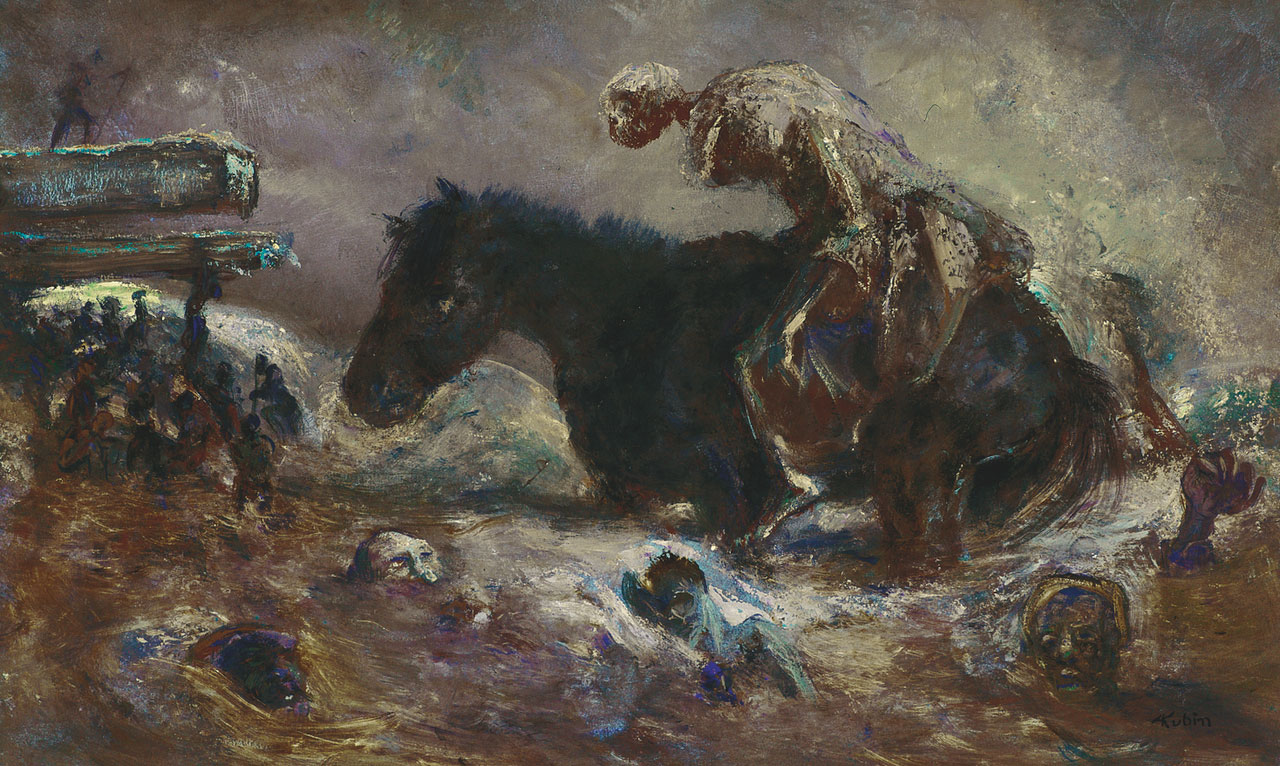
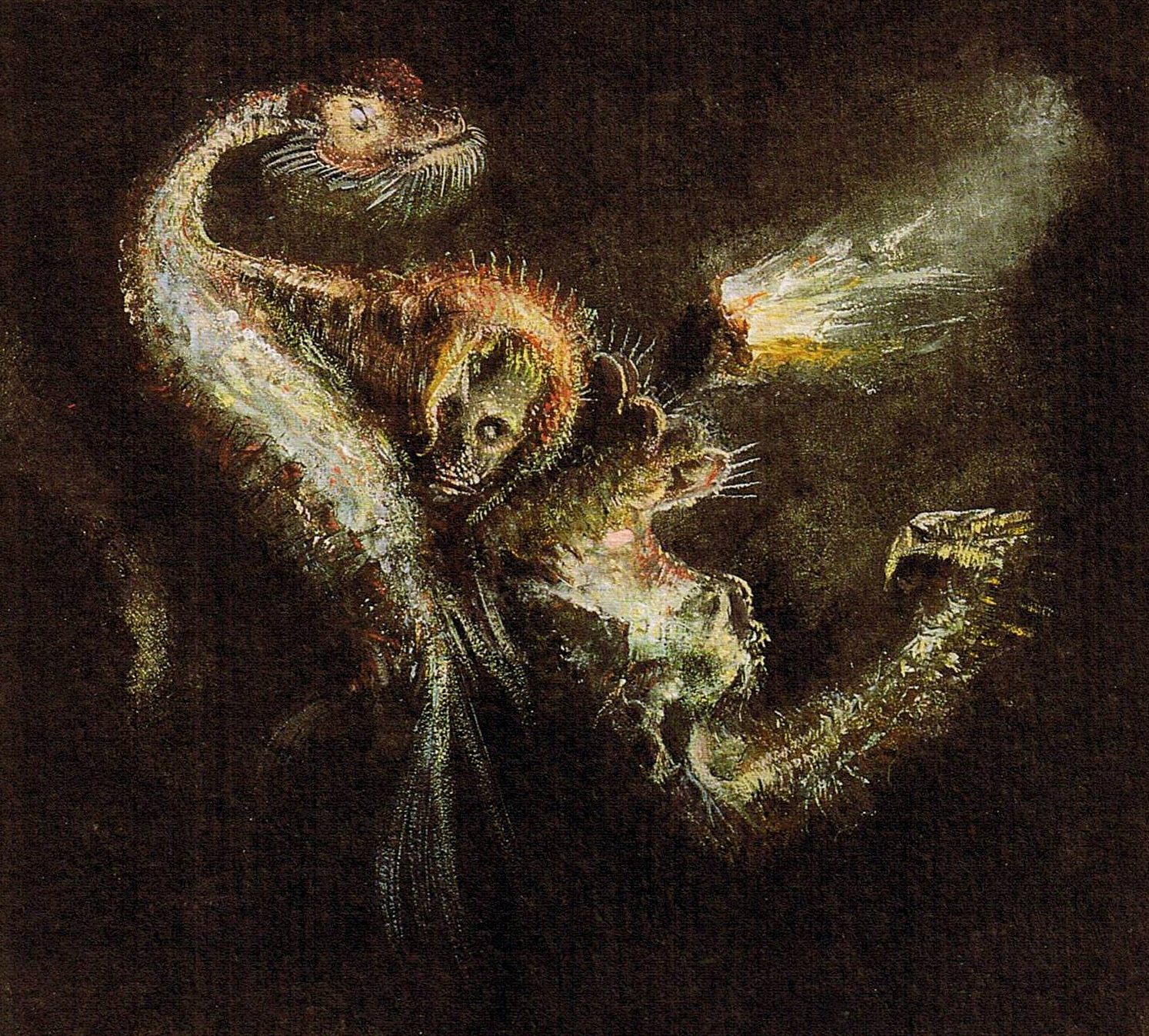
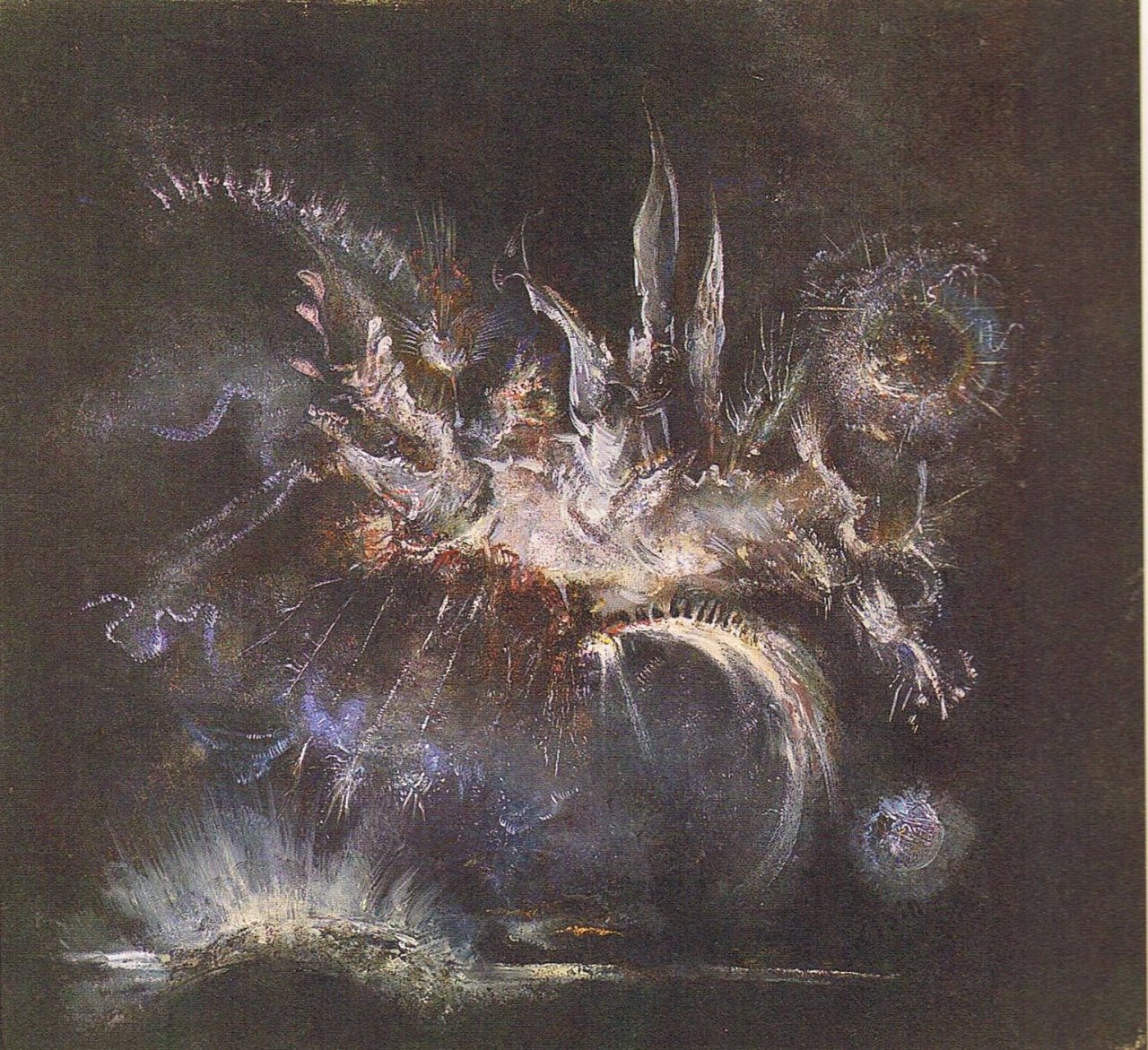
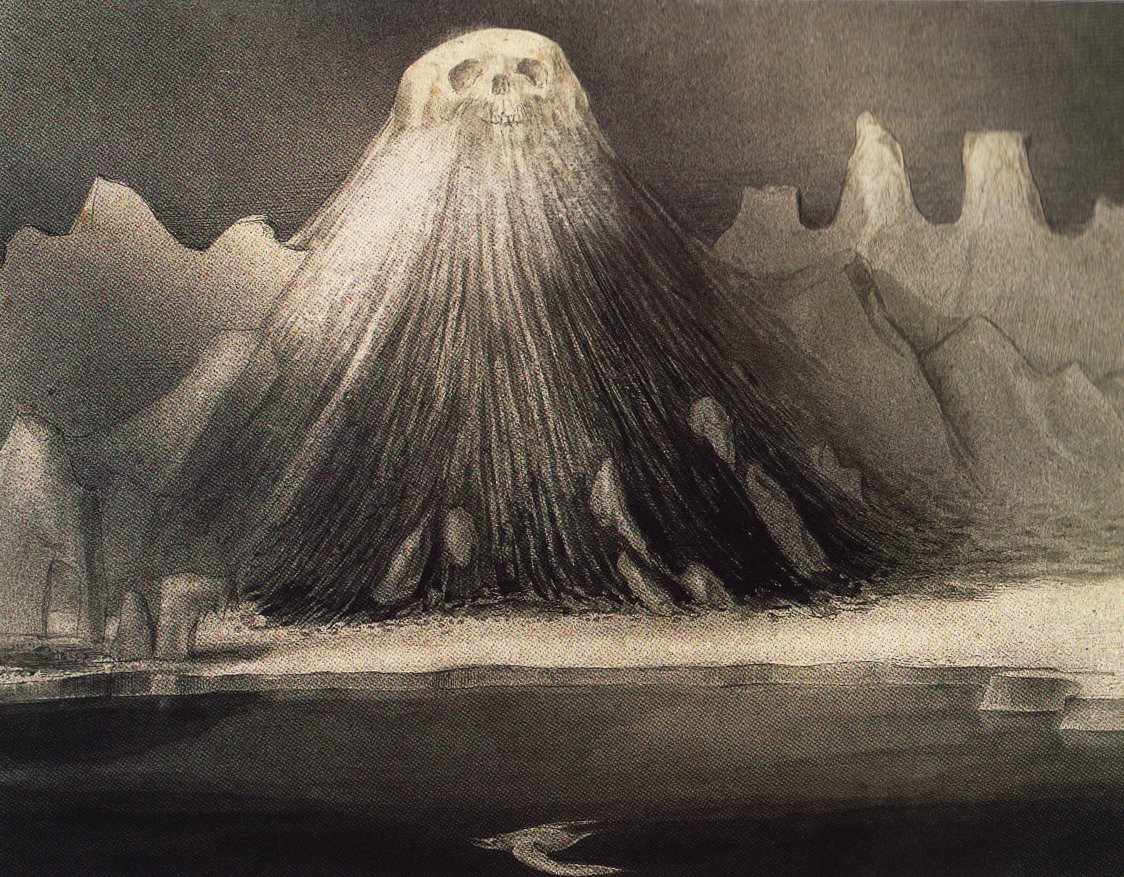
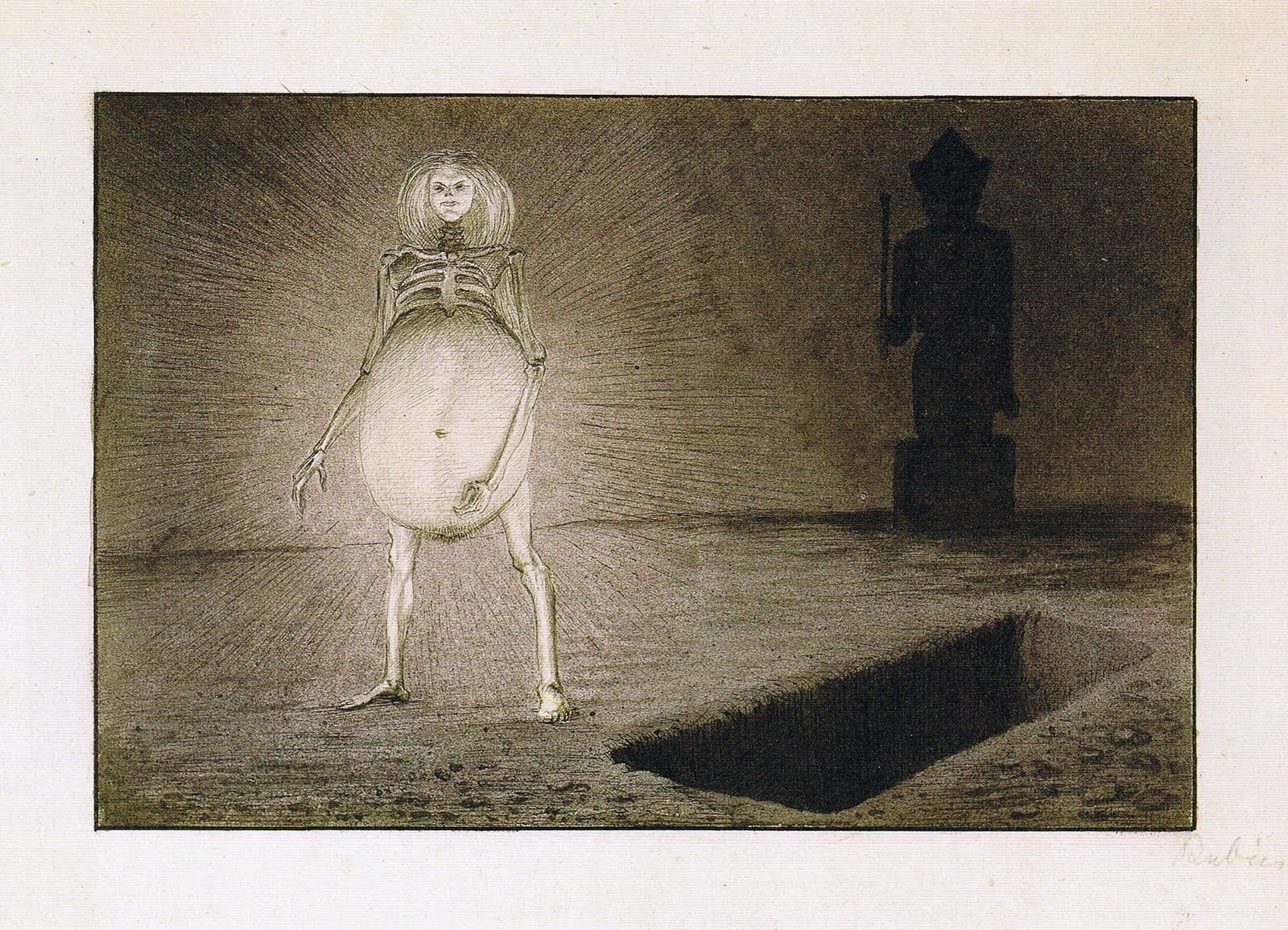
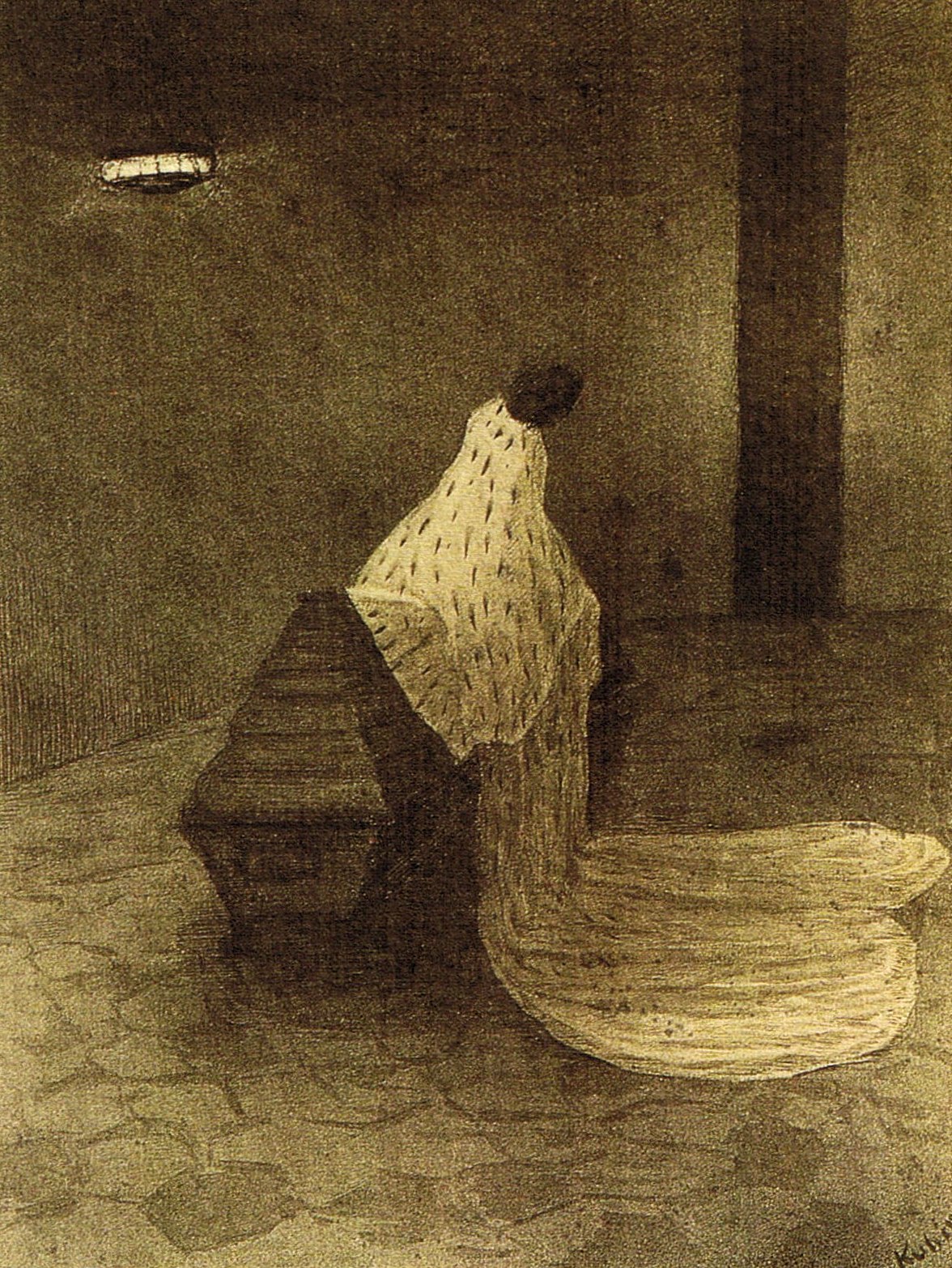
ALFRED KUBIN was an Austrian printmaker, illustrator, and occasional writer. He is considered an important representative of Symbolism and Expressionism.
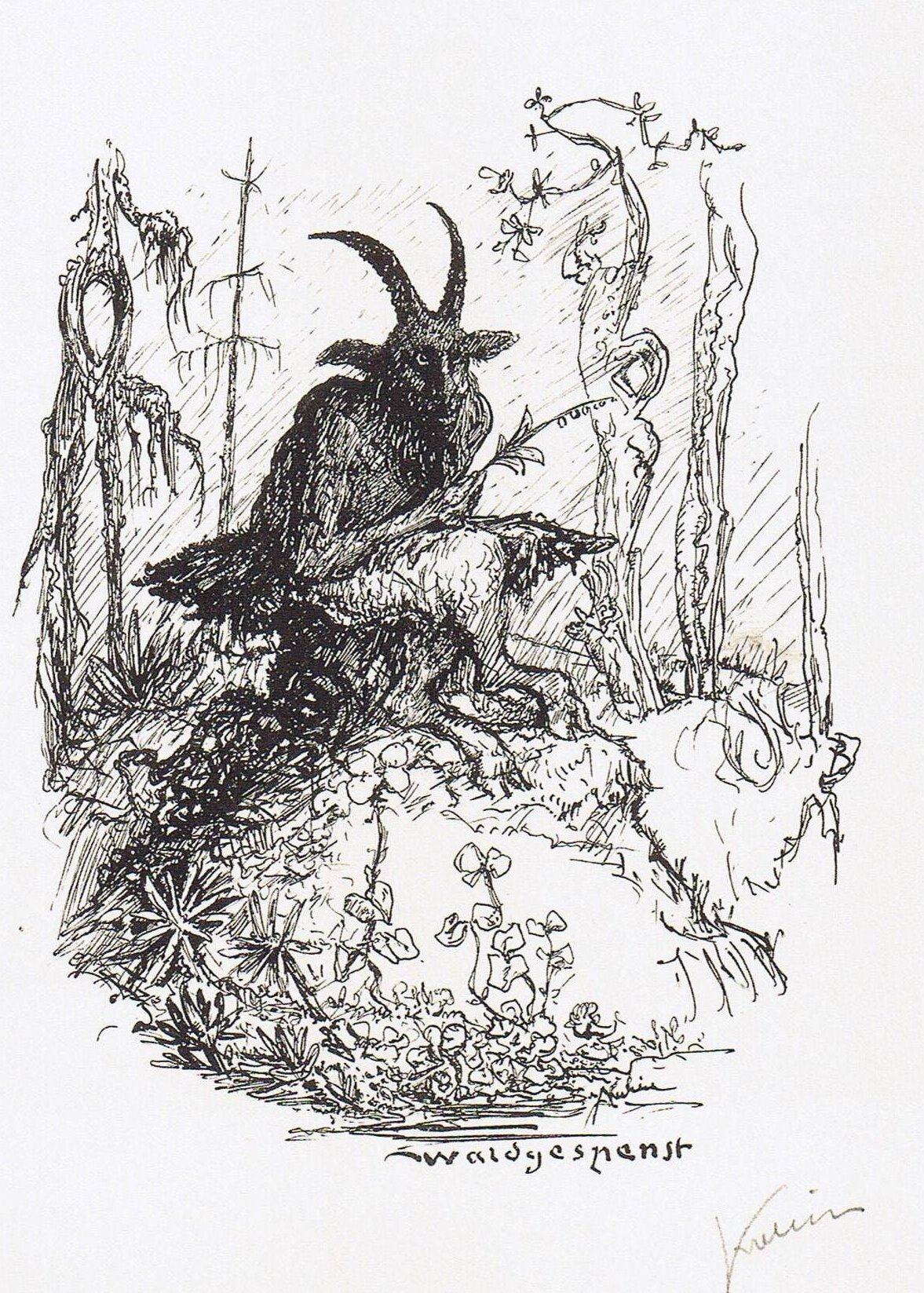
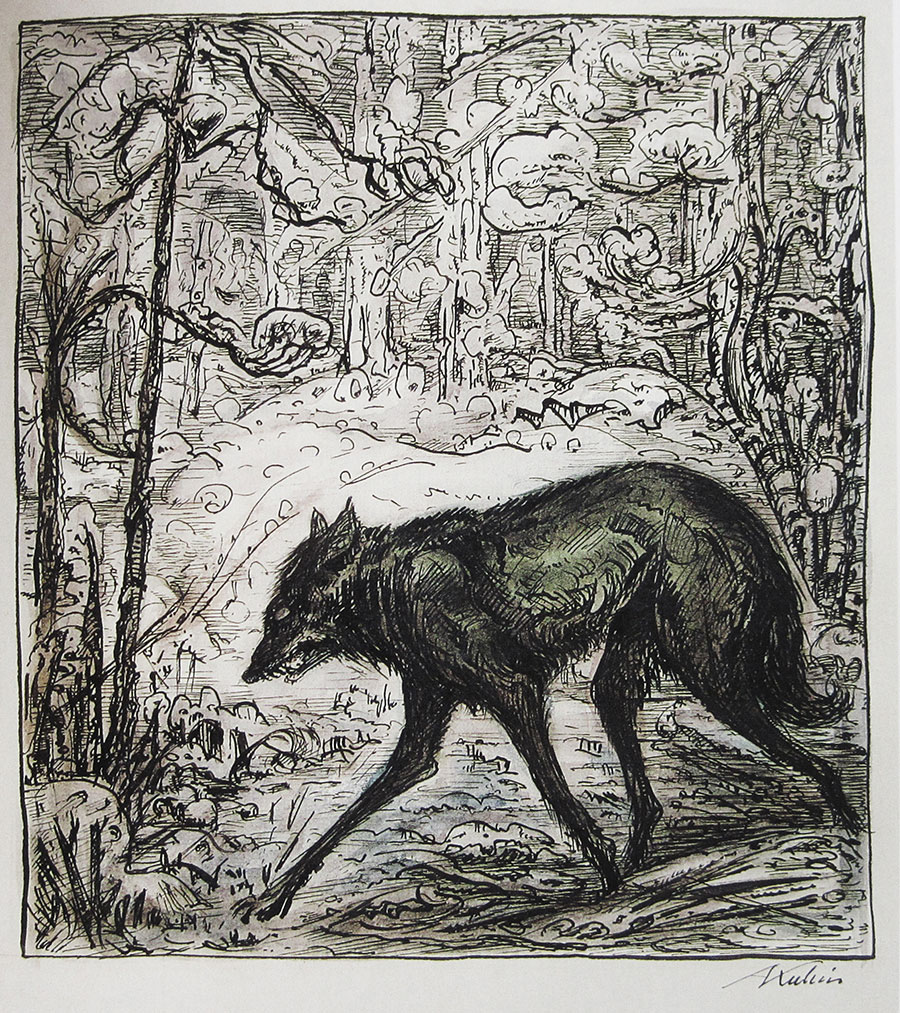
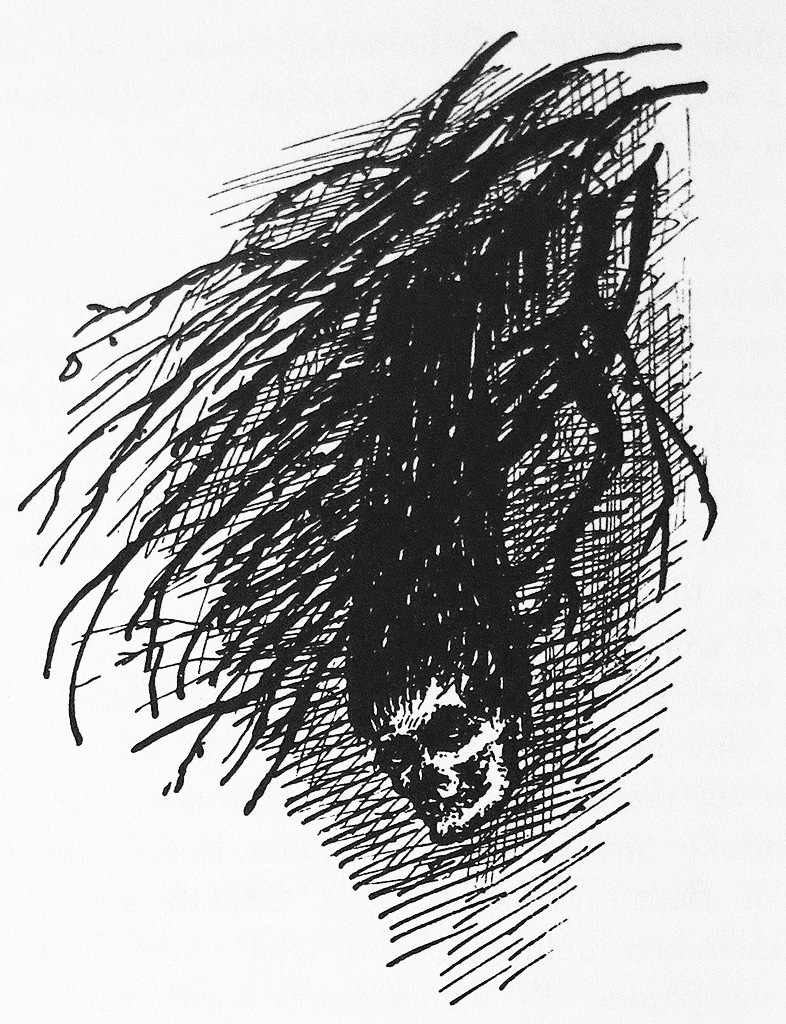
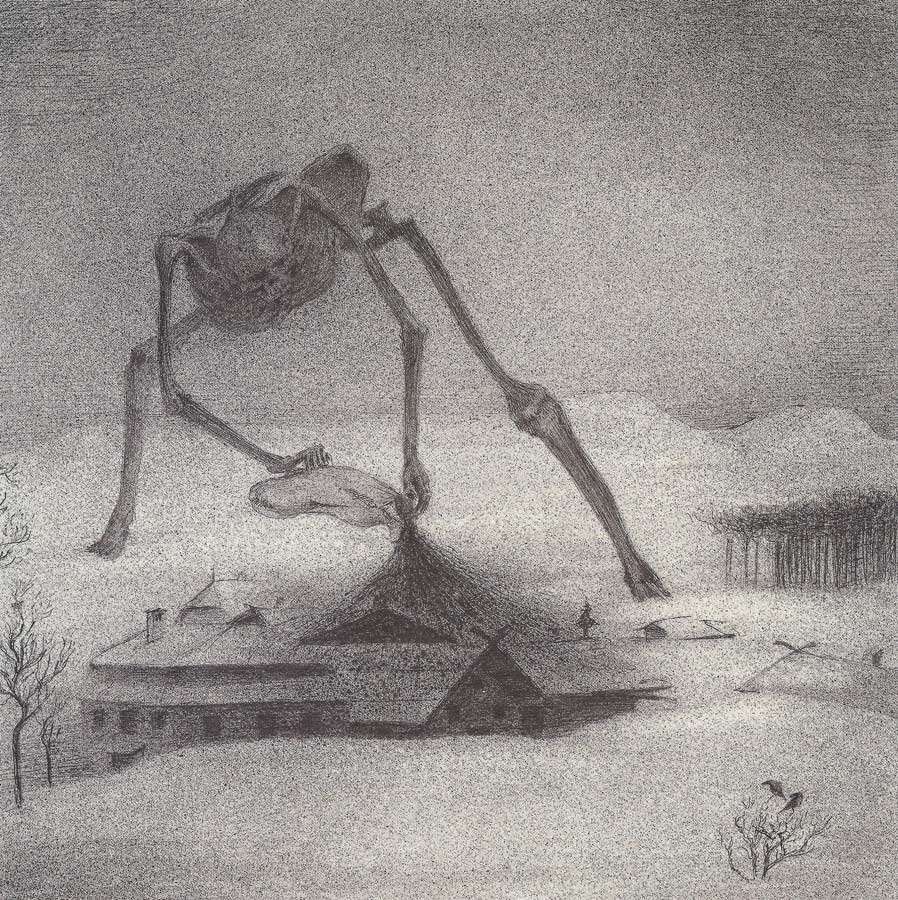
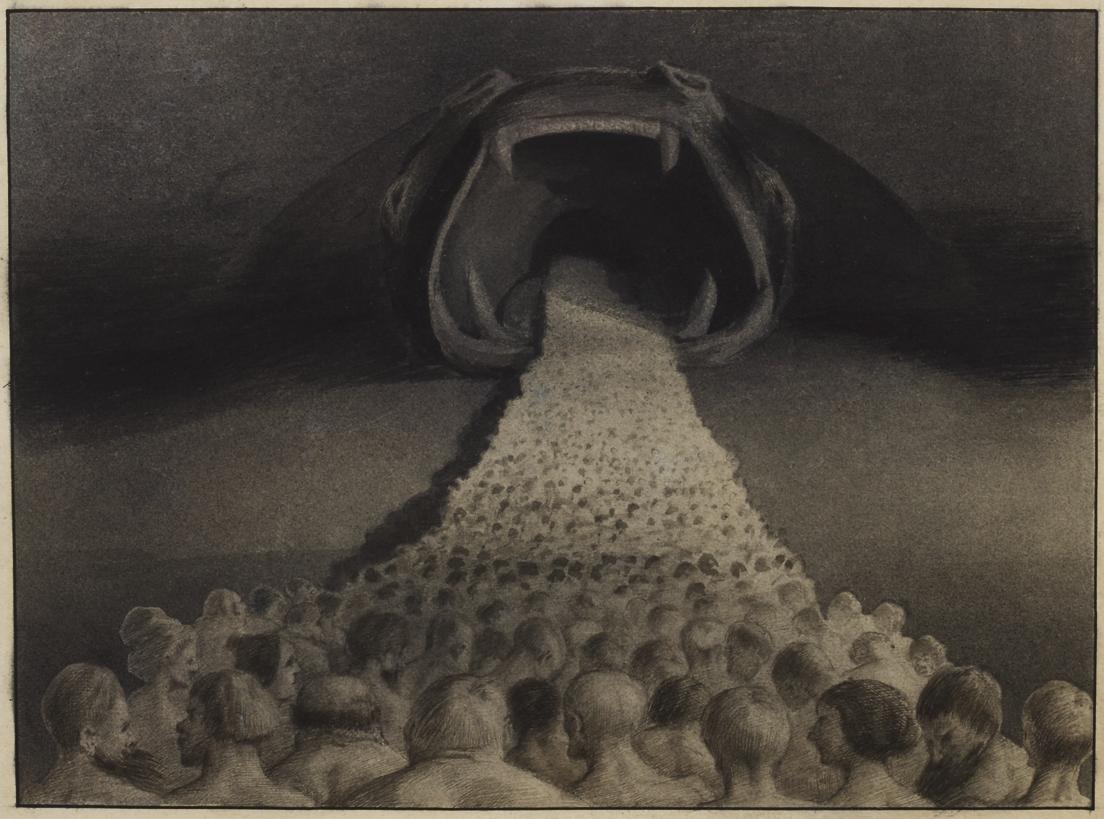
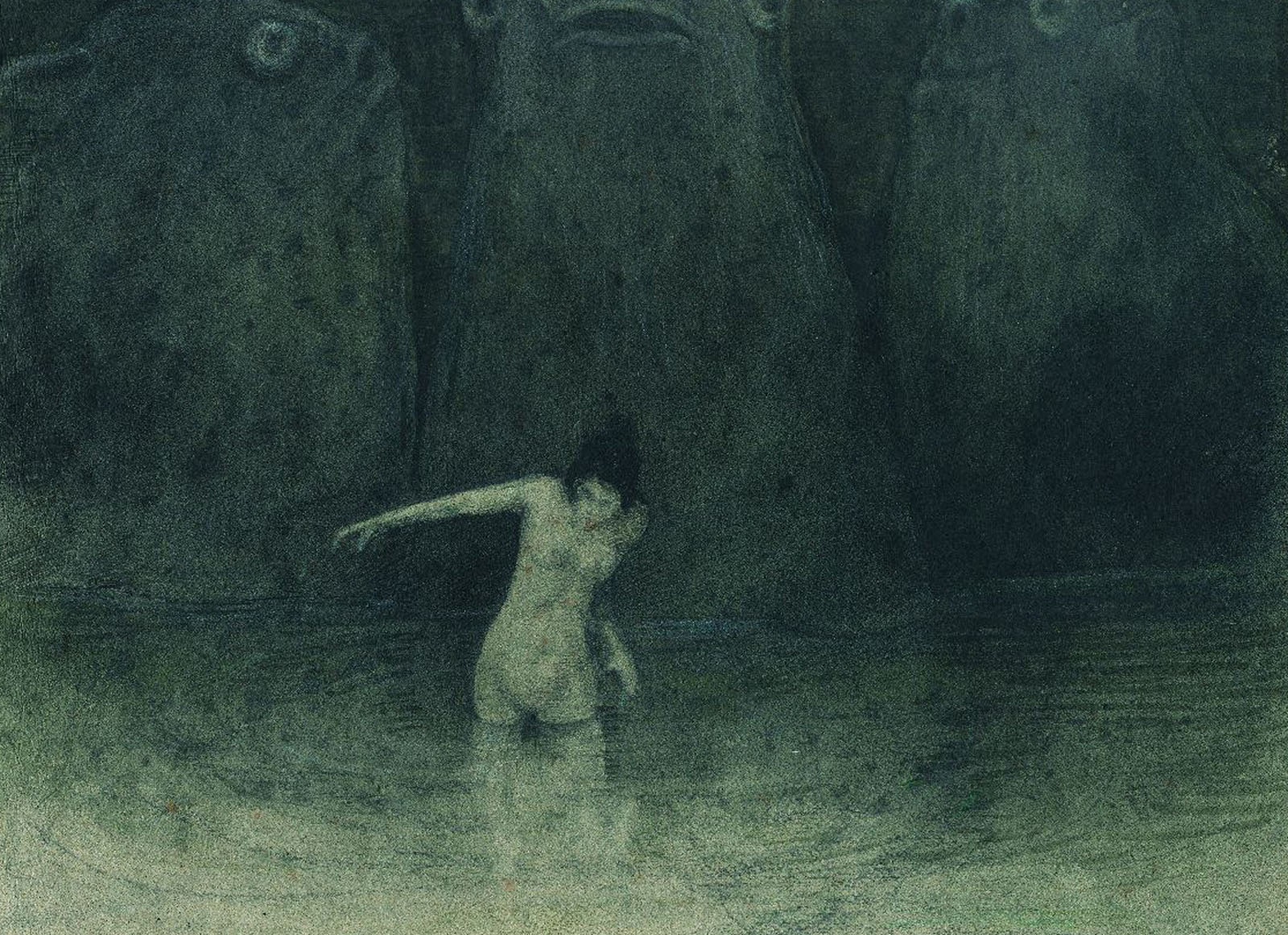
ALFRED LEOPOLD ISIDOR KUBIN
(April 10, 1877 – August 20, 1959, Autria)
Alfred Leopold Isidor Kubin was one of the major graphic artists of the 20th century who was widely known for his illustrations of writers of the fantastic such as Balzac, E.T.A. Hoffmann, Gustav Meyrink and Edgar Allan Poe. In his combination of the darkly decadent, the fantastic and the grotesque, in his evocations of dream and nightmare, his creation of an atmosphere of mystery and fear he resembles Mervyn Peake. The Other Side is his only literary work. Like Peake’s Gormenghast, it tells of a dream kingdom which becomes a nightmare, of a journey to Pearl, a mysterious city created deep in Asia, which is also a journey to the depths of the subconscious. Or as Kubin himself called it, ‘a sort of Baedeker for those lands which are half known to us’. Written in 1908, and more or less half way between Meyrink and Kafka, it was greeted with wild enthusiasm by the artists and writers of the Expressionist generation. Franz Marc called it a magnificent reckoning with the 19th century and Kandinsky said it was almost a vision of evil, while Lyonel Feininger wrote to Kubin, “I live much in Pearl, you must have written it and drawn it for me.”
Kubin is considered an important representative of Symbolism and Expressionism and is noted for dark, spectral, symbolic fantasies, often assembled into thematic series of drawings. From 1906 until his death, he lived a withdrawn life in a small castle on a 12th-century estate in Zwickledt, Upper Austria.

